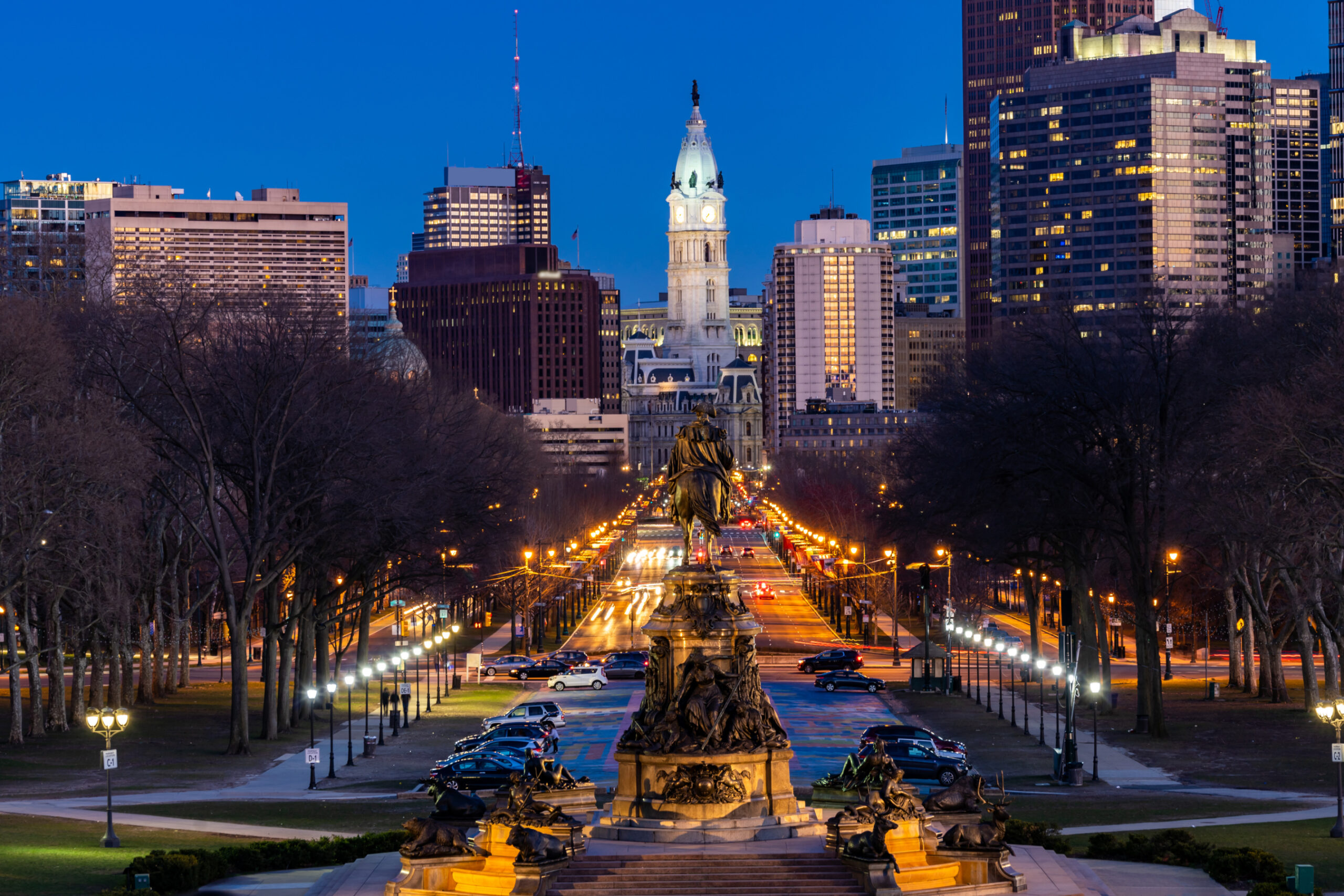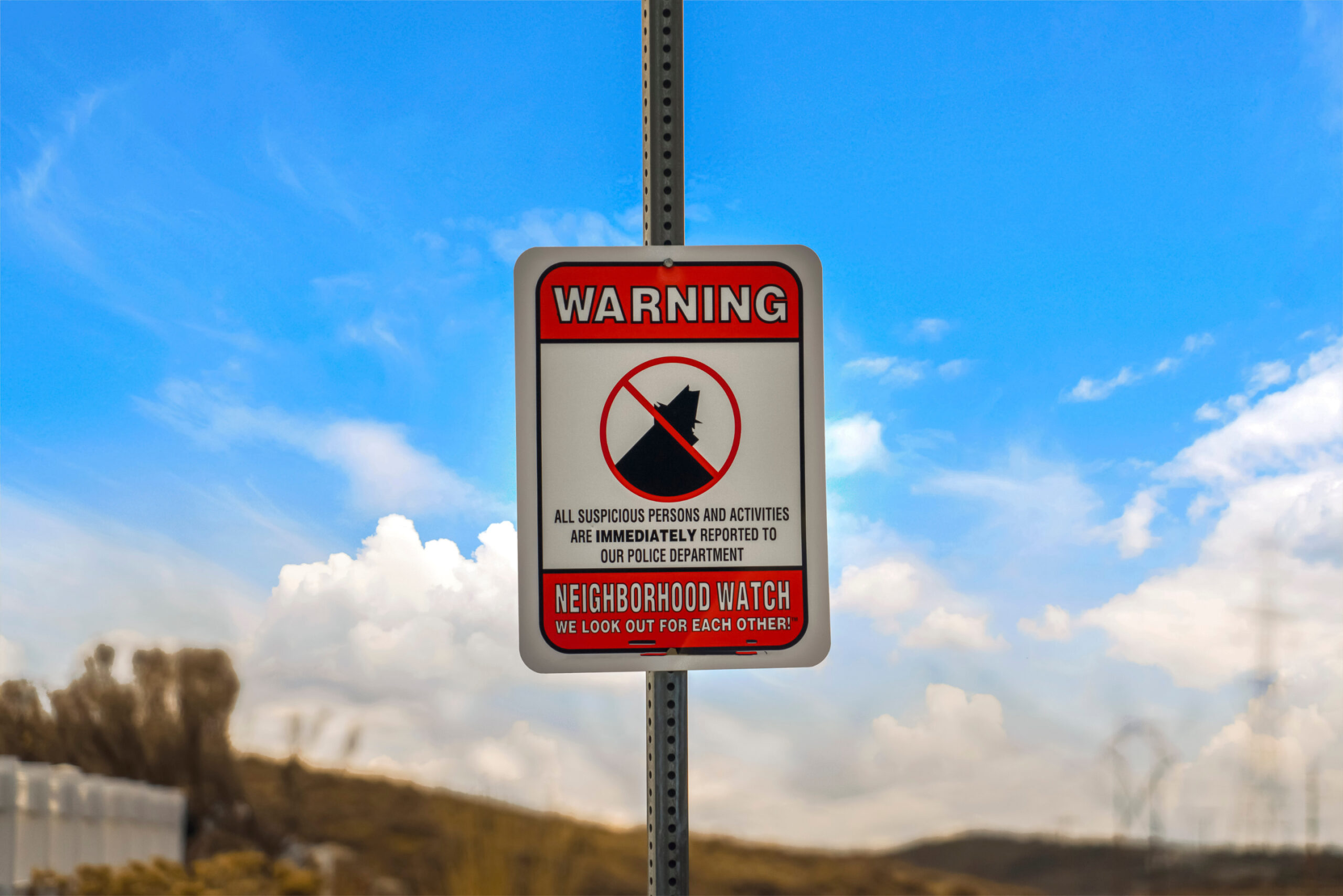Pew’s 2025 Philadelphia Report: Can the City Overcome Its Biggest Challenges Yet?

As 2025 unfolds, Philadelphia finds itself at a crossroads, emerging from the lingering effects of the pandemic and looking ahead to an uncertain future. The city has made significant strides in some areas, yet faces challenges that will shape its trajectory for years to come. The question of which changes will be temporary and which will endure is beginning to come into sharper focus. These insights are drawn from the Pew Charitable Trusts’ annual State of the City report, which provides a detailed analysis of Philadelphia’s progress and ongoing issues.
Philadelphia’s economy remains one of the bright spots in its recovery. The unemployment rate has stayed low at 4.5%, one of the best in decades, and the poverty rate, which has been a persistent issue, has dropped to its lowest level since 2000. Median household income reached $60,302 in 2023, a welcome increase, though racial and ethnic disparities continue to be felt across neighborhoods. The city’s fiscal health also improved with its credit rating rising to A+, the highest level in four decades, thanks in part to better-funded pension plans. These financial indicators are promising, but the city’s economic strength remains vulnerable to shifts in federal funding, rising housing costs, and other long-term issues.
Crime reduction has been another bright spot in the city’s recent history. In 2024, homicides dropped by 52%, reaching their lowest point in a decade, and shootings saw a 54% decrease from the peak in 2021. While these numbers provide hope for safer streets, other crime indicators show a more complicated picture. Property crimes, while down in some areas, remain above pre-pandemic levels, and non-gun-related aggravated assaults have increased, highlighting a need for continued attention to public safety.
Despite these improvements, Philadelphia still has a long way to go. More than 300,000 residents still live below the poverty line, and the number of homeless individuals in the city rose by 10% in 2024. Housing affordability remains a growing concern, with nearly half of renters considered cost-burdened, meaning they spend more than 30% of their income on housing. The construction of new housing units also fell to its lowest point in over a decade, signaling a tightening housing market, while home sales and prices continued to rise.
Public health remains a challenge, with opioid overdoses continuing to claim lives. In 2024, over 1,100 drug-related deaths were reported, making opioids the third leading cause of death in the city. While Philadelphia has taken steps to address this crisis, including opening new treatment centers, the battle against addiction is far from over. On a more positive note, life expectancy has risen to 76.2 years, nearly matching pre-pandemic levels, and only 7.1% of residents report lacking health insurance.
The city’s population has been in decline since its 2020 peak, dropping by 1.9% over the past few years. Much of the growth before then came from immigrants, but with changes in federal immigration policies, the flow of newcomers may slow, which could impact the city’s ability to maintain its population and workforce. This demographic shift, coupled with housing and economic challenges, presents a significant test for the city’s future.
Education has seen some positive changes. For the first time since 2014, the School District of Philadelphia’s enrollment numbers increased, signaling some recovery from the pandemic’s impact on education. The city’s high school graduation rate rose to 74% in 2023, up from a low of 70% in 2021. However, not all trends are positive; fewer young children are attending preschool, and the percentage of adults with a bachelor’s degree has remained relatively flat. This highlights ongoing challenges in the education sector, particularly in neighborhoods that continue to see lower educational attainment.
Transportation continues to adapt to a new normal. SEPTA, the city’s key transit system, has seen ridership slowly recover, but numbers are still far below pre-pandemic levels. As remote work remains common, the reduced number of commuters is putting a strain on transit revenues. SEPTA is facing a budget gap, and there are concerns about whether service levels can be maintained without additional state or federal funding. This is just one example of how the pandemic’s impact continues to reverberate through the city’s infrastructure.
As Philadelphia moves into 2025, it is clear that while the city has made significant progress, the road ahead is filled with challenges. The question will be whether its leaders can address the lingering issues of housing affordability, opioid addiction, public safety, and education, while continuing to build on the economic progress made in recent years. Philadelphia stands at a crossroads, with the potential to emerge stronger or be held back by the challenges that remain. The next few years will be critical in shaping the future of the city, and the insights provided by the Pew Charitable Trusts’ State of the City report will serve as a key guide for the city’s leaders as they navigate this critical period.
RECENT










BE THE FIRST TO KNOW
More Content By
Think American News Staff











